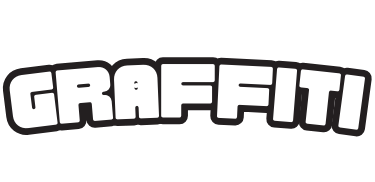Looking for the perfect graffiti book to kickstart your artistic journey? Check out our heartfelt review of « Graffiti Lettering for Beginners, » the guide that’s making waves in the graffiti community.
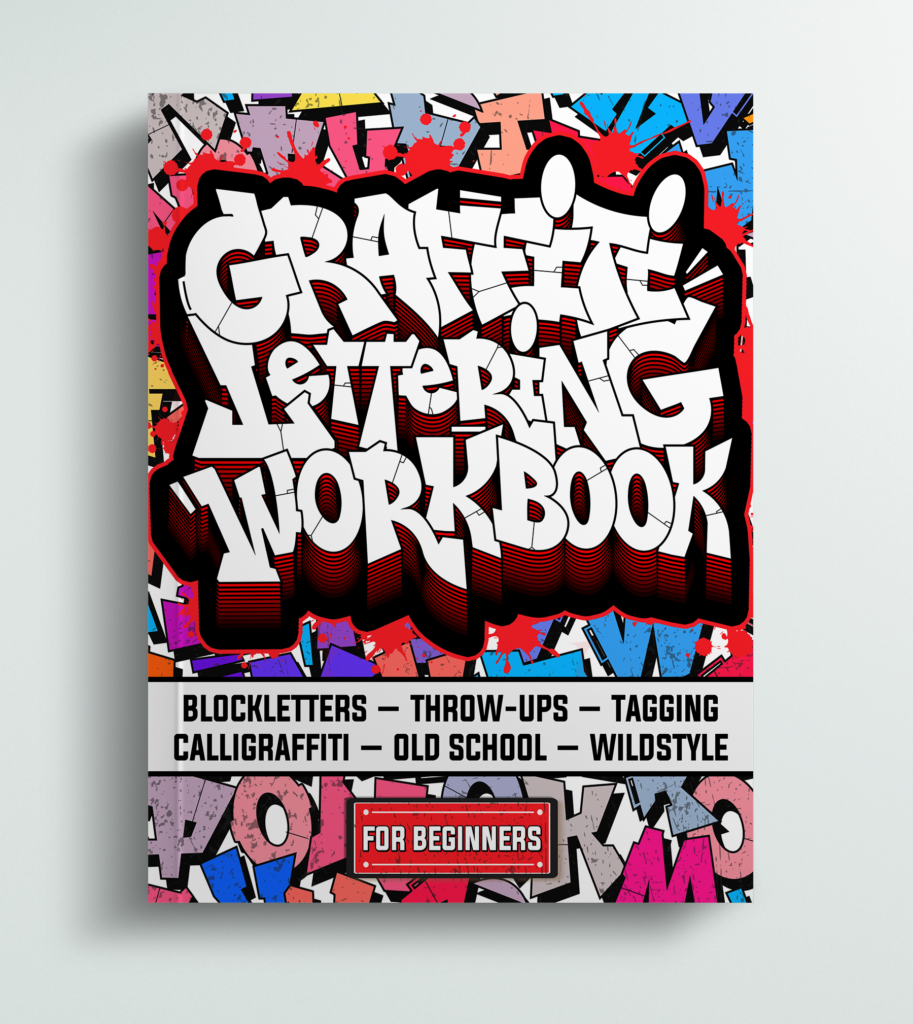
Table of Contents
Introduction
Ever stood in front of a vibrant piece of graffiti and thought, « I wish I could do that »? I know I have. The swirling colors, the bold letters—they all tell a story that’s both personal and universal. That’s why I was excited to dive into « Graffiti Lettering Workbook for Beginners, » a graffiti book that’s been getting a lot of buzz lately.

In this review, I’m sharing my personal experience with the book and why I believe it’s a must-have for anyone interested in graffiti lettering.
Introduction to Graffiti Lettering
The book welcomes you into the world of graffiti lettering in a way that’s both informative and engaging. It doesn’t assume you know all the lingo, which I found refreshing.
What struck me first was how the author breaks down the fundamentals without making it feel like a lecture.
- Letter Anatomy: Understanding the building blocks of each letter.
- Style Exploration: A look at different graffiti styles to help you find your own path.
- Graffiti Alphabet: Trying different graffiti letters alphabet (the popular ones).
Outlines, Shadows, and Advanced Details
One of the sections that truly transformed my approach to graffiti was on outlines, shadows, and adding depth and volume to designs. Before reading, I struggled to give my letters the three-dimensional impact they deserved. This part of the book didn’t just tell me what to do—it showed me how to infuse my work with a sense of depth and realism.
The author begins by emphasizing the importance of a clean, dynamic outline. I learned that the outline is more than just a boundary; it’s the backbone of your lettering that defines shape and form. By mastering precise outlines, I could create letters that serve as a solid foundation for adding layers of detail and depth.
When it came to shadows, the guidance was equally enlightening. I always found it tricky to make my letters « pop, » but the book broke down the types of shadows—like drop shadows and cast shadows—in a way that was easy to grasp. It explained how to use shadows to create the illusion of volume, making flat letters appear three-dimensional. The simple explanations about light sources demystified concepts that had long eluded me. By understanding how light interacts with surfaces, I started seeing how shadows and highlights could add dimension and bring my letters to life, giving them a dynamic presence that leaps off the canvas.
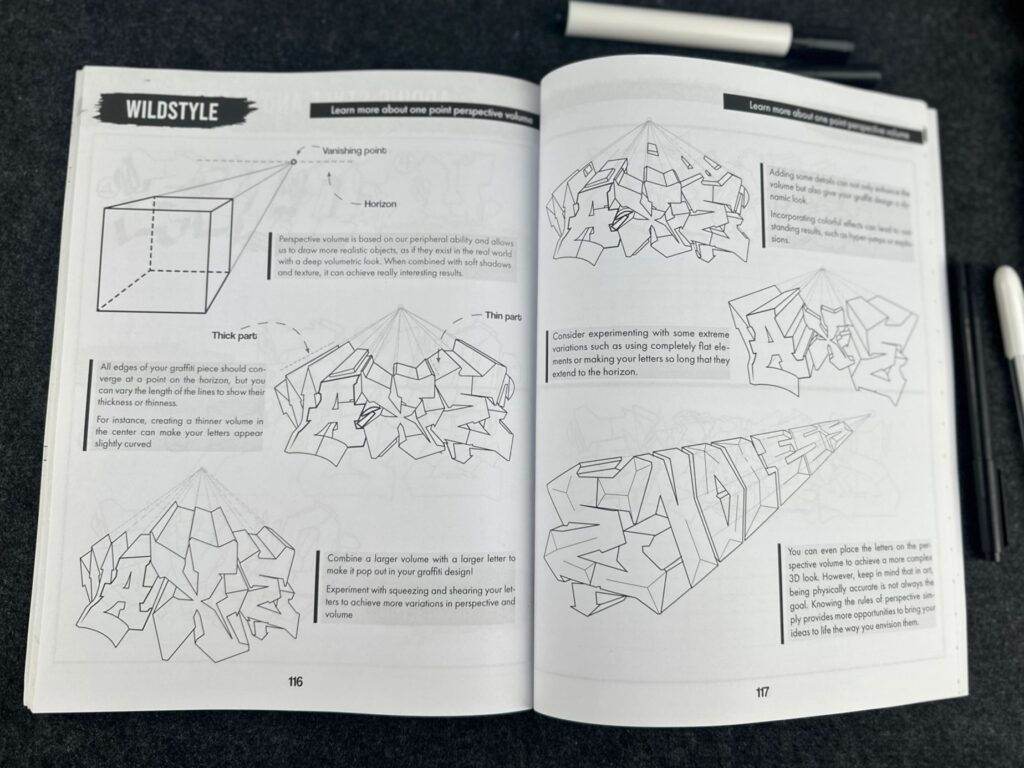
Practicing Graffiti Lettering
The heart of this graffiti book lies in its hands-on approach to practicing different lettering styles. Each style is presented with such clarity that I felt encouraged to try them all.
Starting with throw-ups, the book eased me into the practice of creating quick, bubble style letters. This was perfect for building my confidence and getting comfortable with the spray can in the next level of graffiti drawing. The emphasis on speed and fluidity helped me let go of perfectionism and enjoy the process.
Moving on to block letters, I appreciated how the book broke down each letter into basic shapes. This made it easier to understand proportions and structure. I spent hours sketching and refining my block letters, and it was rewarding to see my progress.
Developing my own tag was a highlight. The book guided me through brainstorming ideas that reflected my personality. It wasn’t just about creating a cool signature; it was about expressing who I am as an artist. The tips on stylizing letters and adding flair were invaluable.
Exploring calligraffiti opened up a new world of possibilities. Combining the elegance of calligraphy with the edge of graffiti challenged me creatively. The book’s step-by-step instructions on brush techniques helped me experiment with different tools and strokes, leading to some of my favorite pieces.
Delving into old school styles, I gained a deeper appreciation for the roots of graffiti. Embracing bold lines and bright colors, I felt connected to the history and culture of the art form. The anecdotes and examples provided made this section both educational and inspiring.
Wild style was perhaps the most challenging but also the most exhilarating part of my practice. The book didn’t shy away from the complexity but broke it down into manageable steps. Learning how to interlock letters and play with abstract forms pushed me to think outside the box. It taught me that sometimes, art is about taking risks and embracing chaos.
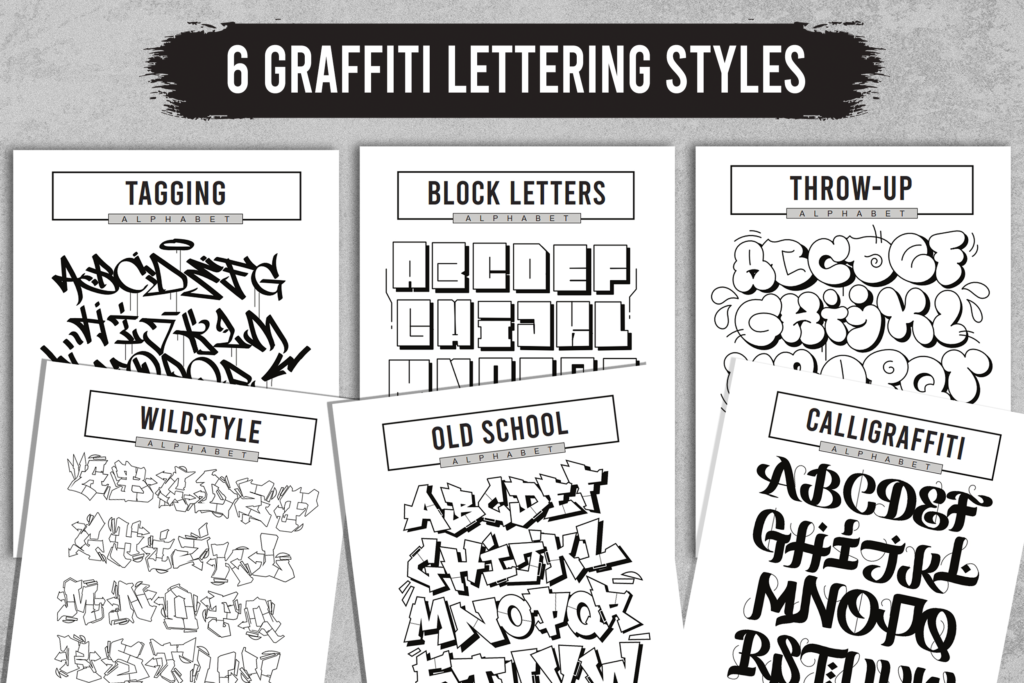
Design Composition
Understanding how to compose a complete graffiti piece was another area where the book excelled. It taught me that great graffiti isn’t just about individual letters but how everything comes together to create a cohesive artwork.
The discussion on design elements helped me think about balance, contrast, and focal points. I started paying attention to how the placement of letters, colors, and additional graphics could guide the viewer’s eye.
Creating backgrounds was something I hadn’t given much thought to before. The book showed me how a well-designed background could enhance my lettering, adding depth and context. Whether it was a simple gradient or a detailed scene, I learned how to choose backgrounds that complemented rather than overshadowed my main design.
When it came to overall design, the book encouraged me to tell a story through my art. It wasn’t just about aesthetics but conveying emotion and meaning. This holistic approach transformed how I planned and executed my pieces.
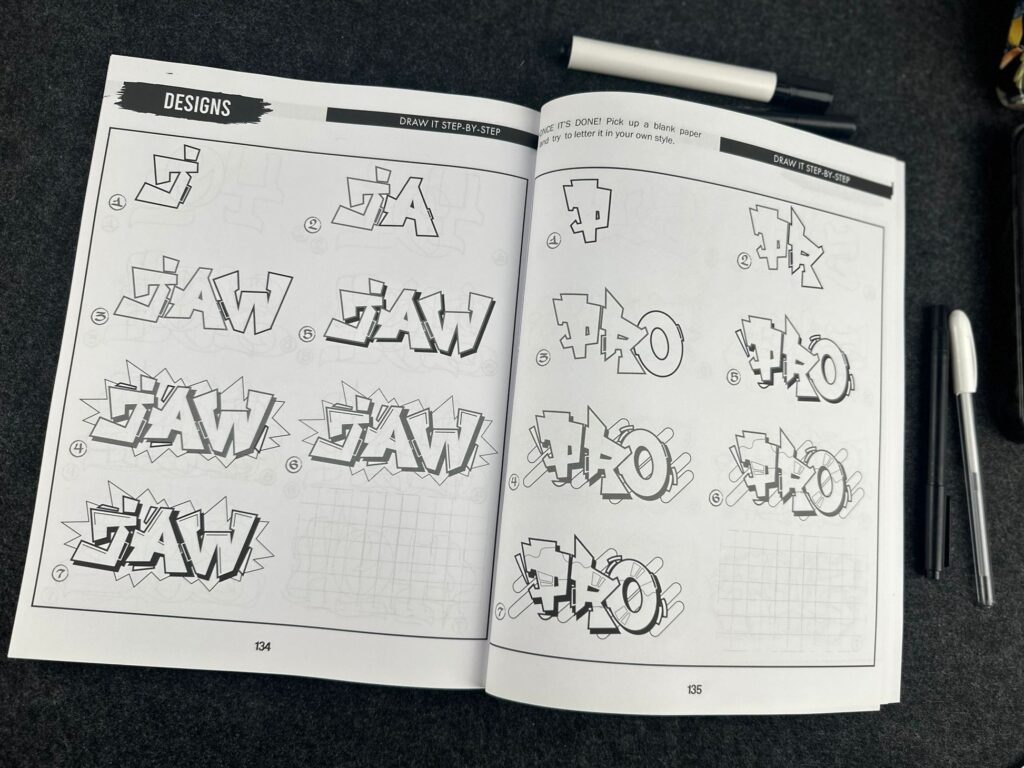
What Others Are Saying ?
Curious about other perspectives, I checked out some online reviews. Many readers on Amazon shared similar sentiments.
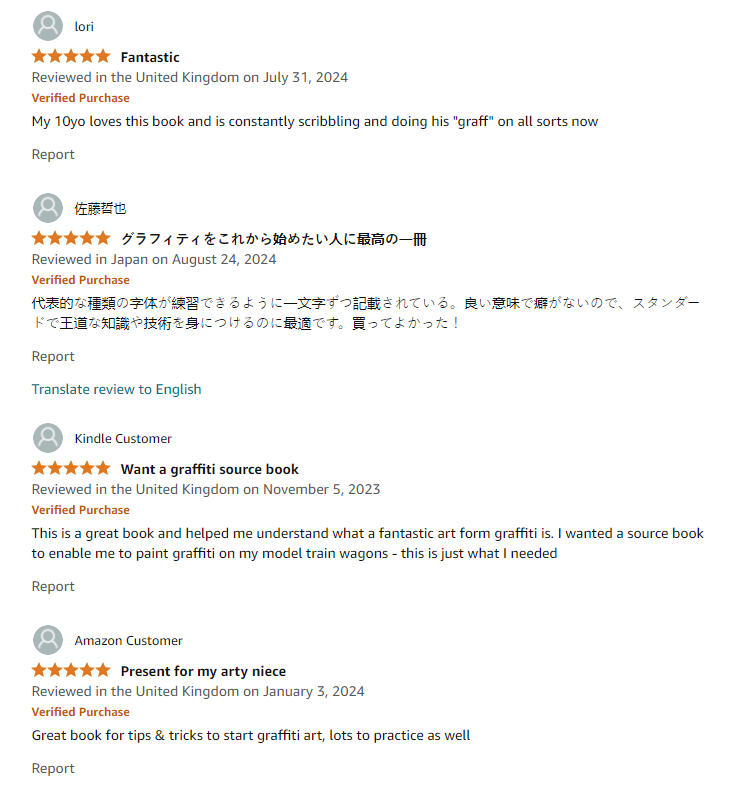

Book Reviews From Amazon
You can check all the customer reviews here: Amazon Reviews for ‘Graffiti Lettering Workbook for Beginners’
Conclusion
Why Does This Book Stand Out ?
In a sea of instructional guides, « Graffiti Lettering Workbook for Beginners » distinguishes itself through its human touch. It’s not just about teaching you how to draw letters; it’s about nurturing your artistic spirit. The combination of detailed instructions, real-life examples, and engaging exercises makes it a valuable resource for anyone interested in graffiti lettering.
Why Should You Buy It ?
If you’ve been searching for a graffiti book that makes the art of graffiti lettering accessible and fun, this might just be your perfect match. It doesn’t merely teach you techniques; it inspires you to pick up that spray can or marker and start creating. This book could be the key to unlocking your potential and embarking on an exciting artistic journey.
Where to Get Your Copy ?
Ready to embark on your own artistic adventure? You can find « Graffiti Lettering Workbook for Beginners » on Amazon:
